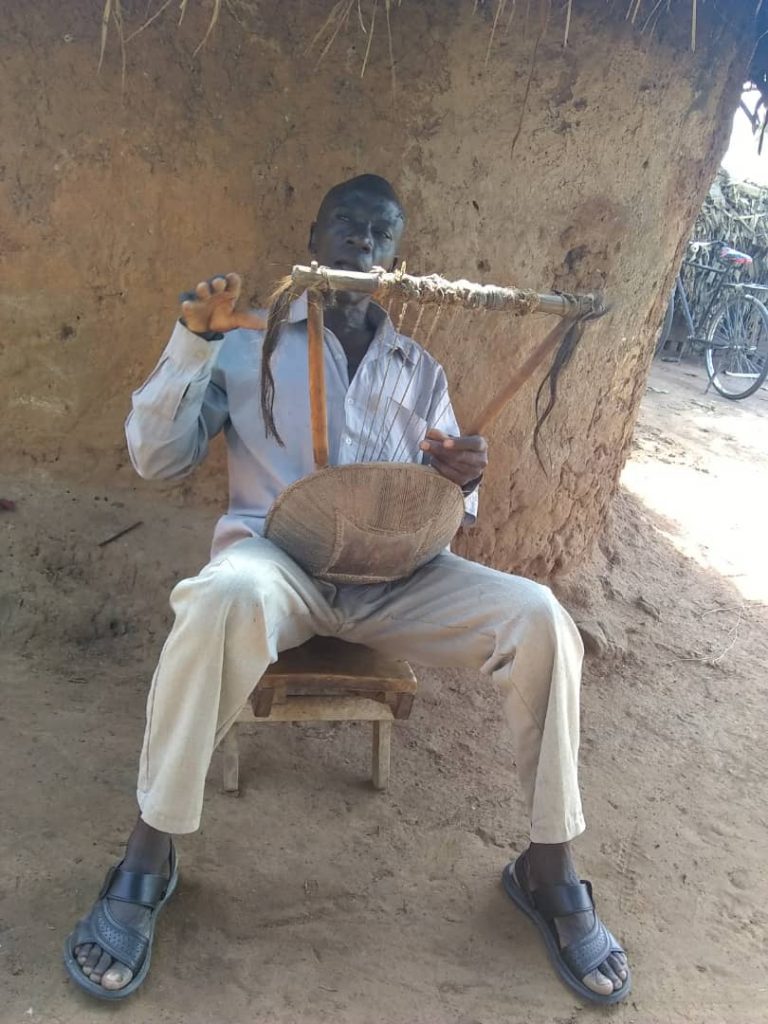
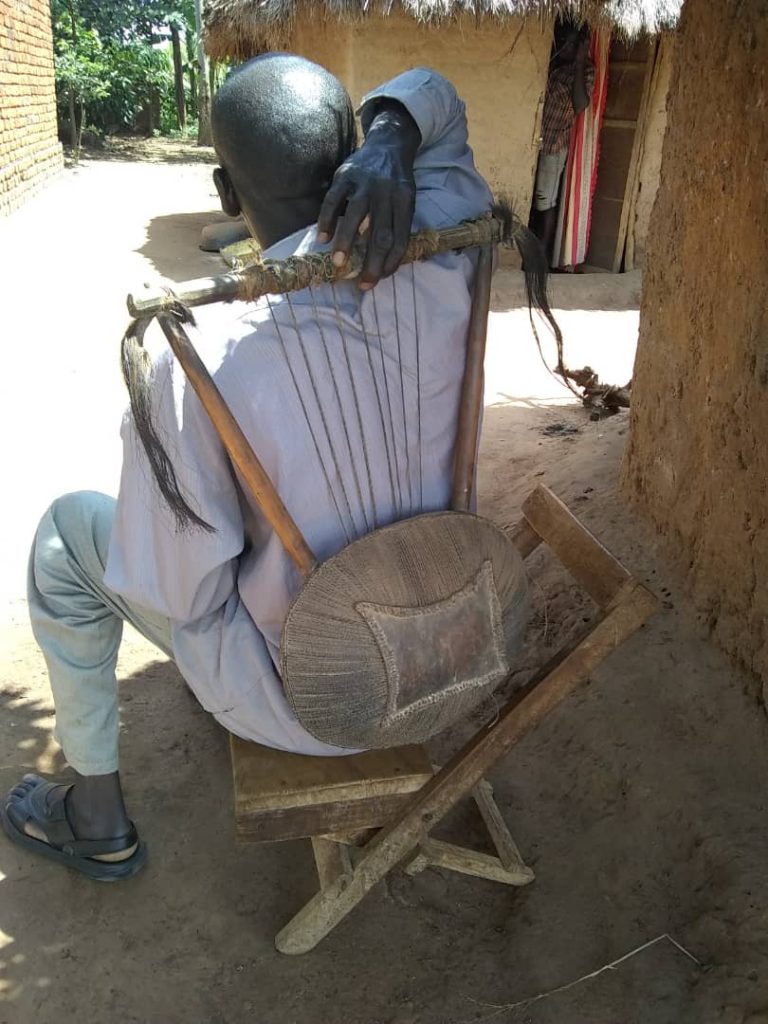
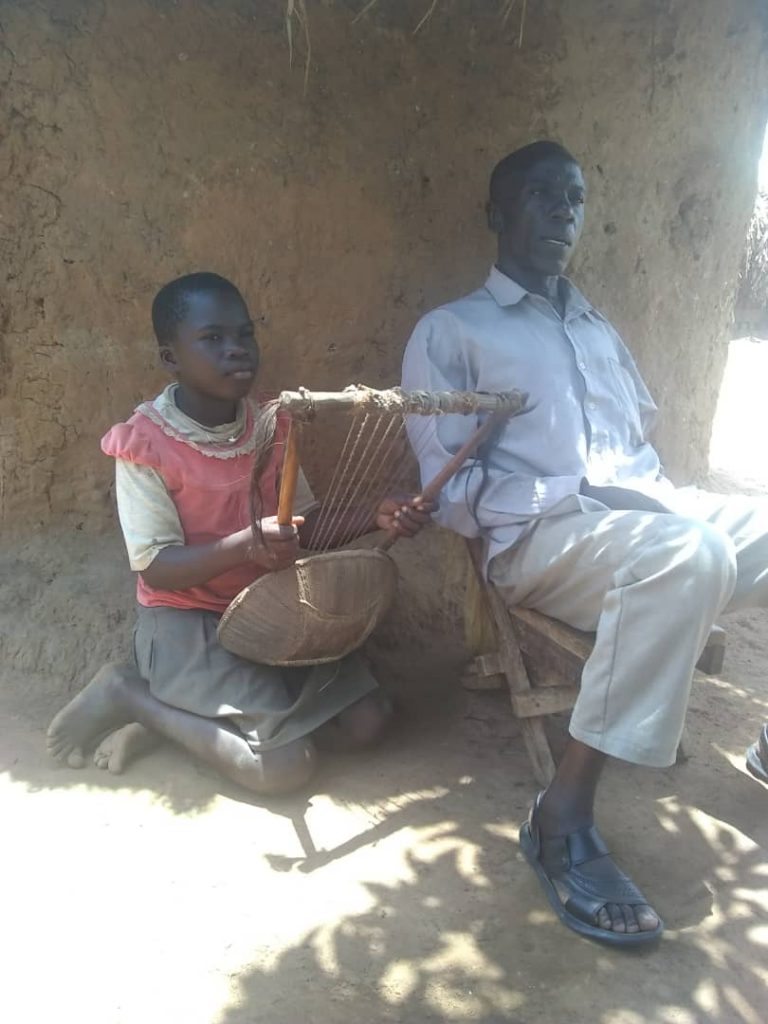
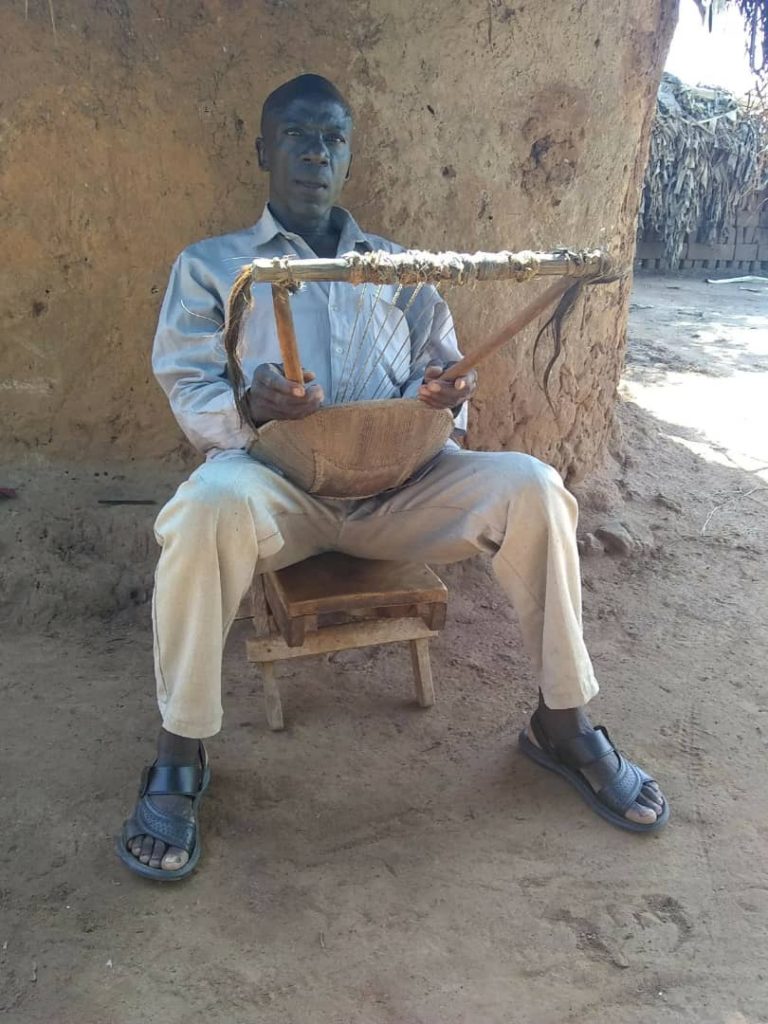
We are absolutely thrilled to be a part of supporting the revival of the Entongooli, an incredible stringed instrument that is on the brink of dying out. Our friend and colleague Professor James Isabirye, who has also headed up the revival of the Royal Entenga Drums and the Bigwala, has travelled to visit Mr Mukadisi, who is educating a group of children on how to build and play this instrument in the hopes of continuing it’s legacy. Below you will find footage and information about the Entongooli and how the project is working to restore this instrument back to it’s former glory.
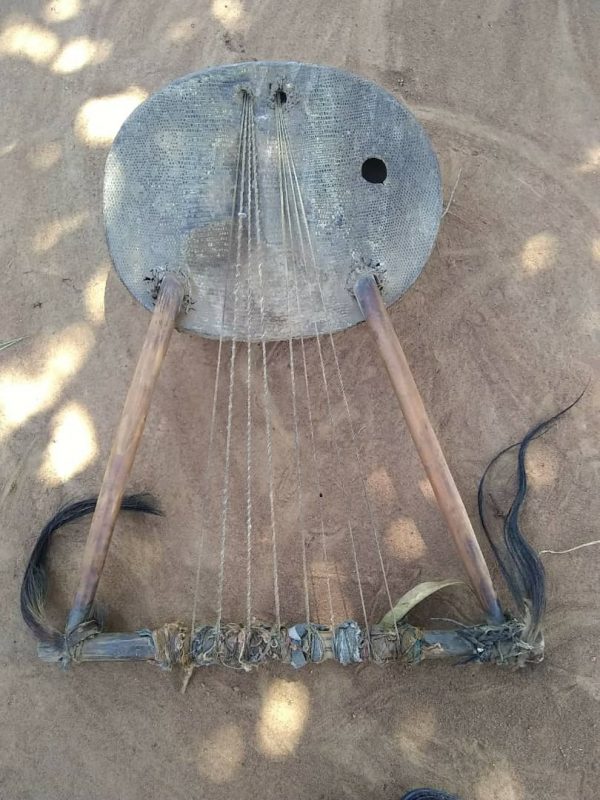
Skip ahead to your preferred section...
Check back soon for more episodes of our Revival of the Entongooli journey!
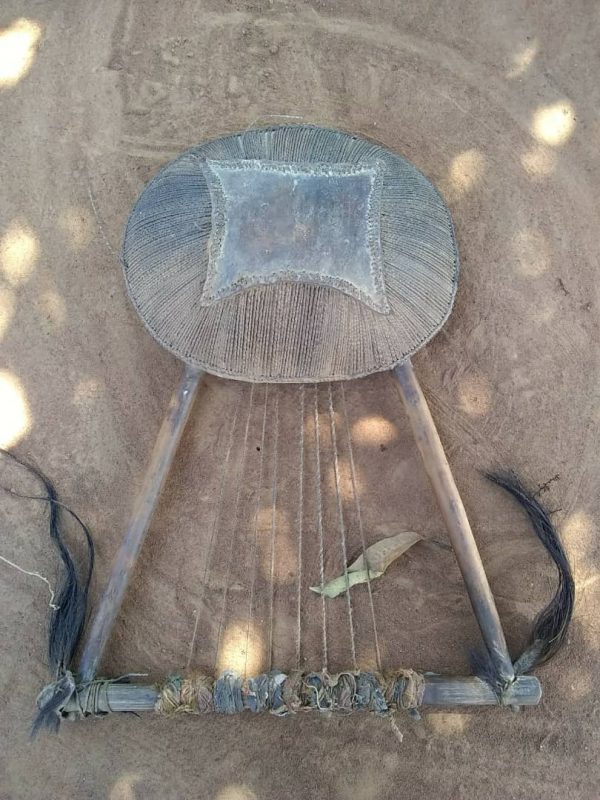
A Musical Education
What makes this project so different from any of the other revival projects we have documented, is how focused this project is on young people. Mr Mukadisi, who is heading up this project, is very aware that to continue the legacy of this dying instrument, children and young people had to be involved. From the choosing of the materials, to helping build the instruments themselves, these children are involved in every part of the process of rebuilding the Entongooli. Mr Mukadisi knows that in educating these youngsters in the process and skills required to build this instrument, their appreciation and respect for the instrument and it’s music will be all the greater.
There is also a great benefit to these young people aside from the unique knowledge they are gaining: free education. Many of these youngsters have managed to gain music scholarships so they can get a free education at their local schools. This project is not only providing a future for this instrument, but for the young people involved.
Aside from this, Mr Mukadisi has a personal connection to this cross-generational project. His father was a builder of the Entongooli, and didn’t teach all the skills he needed to learn to play. In fact, none of the great players passed on this knowledge to the next generation and there is no living player of the Entongooli in this region today. Instead, he has worked to learn and teach as much as he can in the hope he can start a new generation of skilled players and builders of the Entongooli.
Finding the Materials
Finding the correct materials is half of the battle of reviving such a unique and rare instrument. The beginning of the Entongooli building process begins with forming the bowl shaped base, the soundbox, of the Entongooli.
A specific tree species called Omusita is used to ensure that the word is strong enough to endure the shaping, and to make sure it lasts for many years. Some of the instruments that Mr Mukadisi has in his position are over 100 years old.
Once the correct tree has been found that is of an appropriate age, around 10 years old so the wood is fully formed, it is chopped down and into smaller pieces to begin the drying process.
When the wood has appropriate time to dry, it is prepared for chopping and shaping, and the next process of preserving the wood through the use of animal dung. More on that later…
Simple but Effective Tools
Having the right tools for the job doesn’t necessarily mean the most high-tech or complicated. As we show in this video here, the tools needed to continue shaping the base of the Entongooli are very simple, but remain incredibly effective.
Using a small hoe, the base of the Entongooli is slowly shaped by chopping away at the dried piece of wood (that had been sourced earlier). This created the bowl like shape that we associate with the Entongooli. If a deeper hole is needed, a chisel and a hammer is used to create more depth.
All of the bark is trimmed off of this wood during the process to allow for a smooth base ready for the next stage: Cow dung!
Getting things Dung!
Excuse the pun, but there is no way around this fascinating part of the process! To protect the base of the Entongooli, the maker must smear it with cow dung, coat it entirely and then leave it to dry. This process is to protect the wood from cracking, and also to protect it from weevils and insects destroying the wooden base. This method means the instruments can last for upwards of a hundred years.
We met the children who were also getting involved in this part of the process. Though they said it wasn’t pleasant, they knew the importance of this part of the process and wanted to be a part of it so that they could continue their education about this instrument.
It is amazing to see young people getting actively involved in the traditions and methods of creating this instrument, so that they will be able to continue these traditions for generations to come.
Meet the Students
In this weeks video, we meet some of the young and passionate students who are learning to build, craft and play the Entongooli.
What we love most about this project is that it is providing opportunities for free education to these young people, as learning an instrument can provide opportunities for scholarships to local schools. Some of the children here tell us about their reasons for learning the instruments, what other instruments they are learning and how they are enjoying the process.
We cannot wait to see their progress and finally watch them perform with this incredible instrument, given a new lease of life by the next generation of musicians!
From Embaire to Entongooli: Part 1
For these musical scholars, their musical journey actually starts with another fascinating and popular instrument, the Embaire or the Xylophone. The scolars are taught the tunes they need to know on this instrument before transferring these melodies over to the Entongooli.
What’s incredible about this entire process is how the children are also taught about building the Embaire as well, creating instruments for themselves to learn on. In this first part, we look at how selecting the correct tree’s are integral (Despite the fact they are on the verge of extinction due to their large use in charcoal creation) and we look at how to shape these trees to create and tune each note on the Xylophone.
From Embaire to Entongooli: Part 2
In this video, we continue to learn about the process of building the Embaire, also known as the xylophone, to help educate our young music scholars about music, melody and instrument building. We are shown how they finish off their Embaire and then talk to some young students about what they have learned.
What is clear from our trips to visit these students, is that they are keen learners who are really soaking up all the information they can get. They know the process and the reasons for the production methods completely indepth, and it’s encouraging to see such young talent being so passionate about this project.
Creating the Base: Part 1
We return to visit our musical scholars to see how they are doing with their learning. In the next 2 videos, we look at the process of preparing the base of the Entongooli.
In this weeks video, we are shown how to prepare the cow and monitor lizard skins for the base of the Entongooli. Each skin goes through a process of thinning, trimming and soaking to prepare it for stretching over the bases that were prepared in the previous video. We also see how the strings are starting to be prepared from the cow skins.
Created the Base: Part 2
We return to visit our musical scholars to see how they are doing with their learning. In this video and the last, we look at the process of preparing the base of the Entongooli.
Here we see how the strings are turned from strips of cow skin, to tightly wound and stretched strings, used to secure the two skins onto the entongooli base for stretching and drying. This is the last part of the process before the threads are used to tune the Entongooli base.
Stringing it Together
In this latest video, we go back to visit our music scholars after a month away (due to the political climate and the Covid pandemic). Here we go back to our original instrument and strings, and begin to thread everything together to start the tuning process.
It was great to go back and visit these students who are all working so hard and progressing so quickly towards their goal of being Entongooli players.
When we return on our next trip, we hope to show you their latest progress in learning this incredible instrument, as well as show you the final stages of building the Entongooli.
